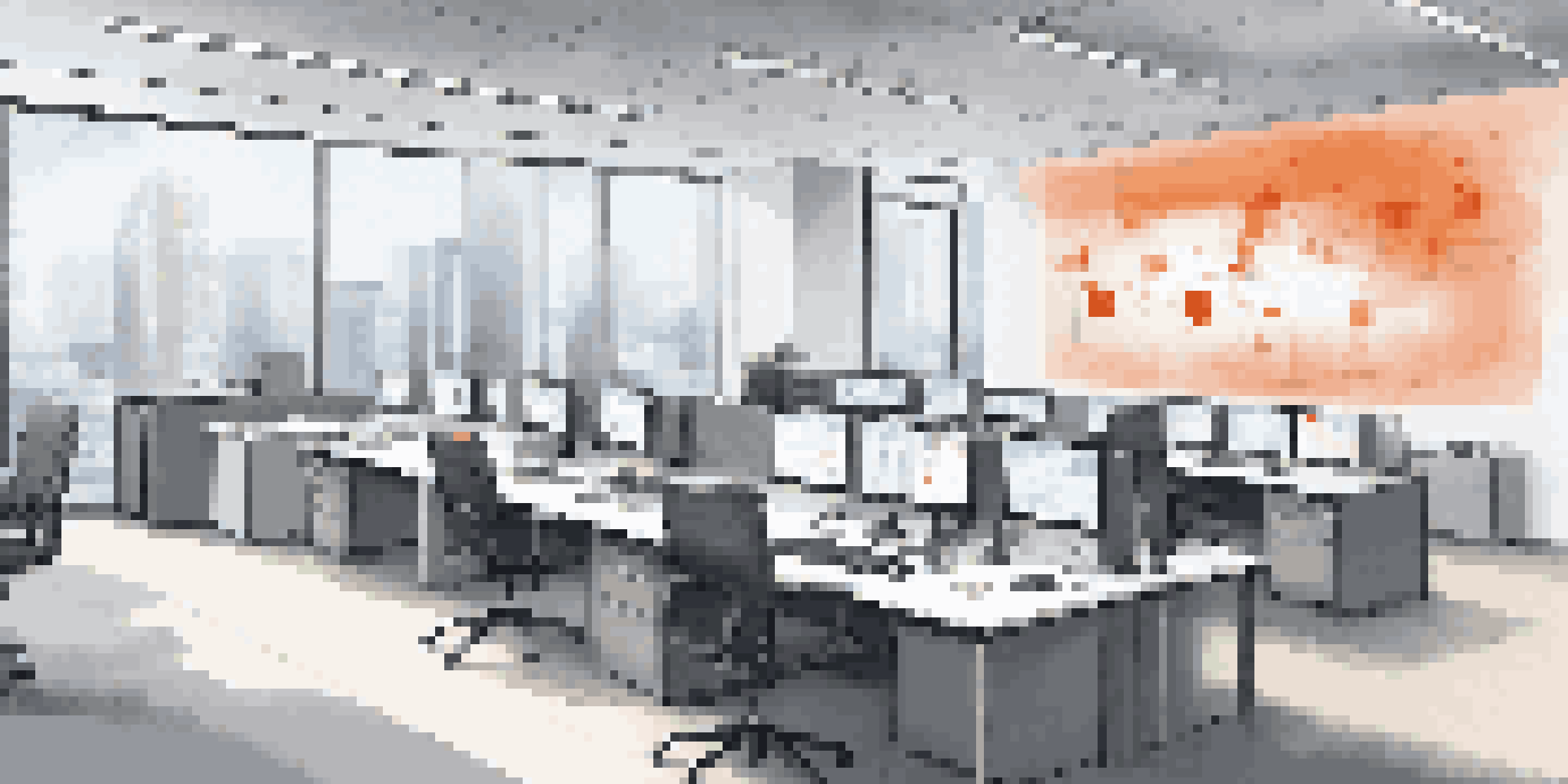Remote Monitoring: Enhancing Workplace Safety Standards

Understanding Remote Monitoring in the Workplace
Remote monitoring refers to the use of technology to supervise and manage workplace activities from a distance. This approach can involve cameras, sensors, and software that provide real-time data on various aspects of operations. By leveraging these tools, employers can maintain oversight without being physically present, which is especially useful in large or hazardous environments.
The Importance of Safety Standards
Safety standards are essential guidelines that help protect employees from potential hazards. These standards ensure that workplaces are compliant with regulations and that employees have a safe environment to work in. By prioritizing safety, organizations not only protect their staff but also enhance productivity and morale.
Remote Monitoring Enhances Safety
By utilizing technology such as sensors and cameras, remote monitoring allows for real-time oversight, significantly improving workplace safety.
How Remote Monitoring Enhances Safety
Remote monitoring enhances safety by providing instant feedback on workplace conditions. For example, temperature sensors can alert management if a machine overheats, preventing potential accidents. This proactive approach enables organizations to address issues before they escalate, creating a safer working environment for everyone.
Real-Time Data and Its Impact
The use of real-time data in remote monitoring allows for quicker decision-making. When managers have access to up-to-the-minute information, they can act swiftly to mitigate risks. For instance, if an employee is detected working in a dangerous area, alerts can be immediately sent to ensure their safety.
Real-Time Data Improves Decisions
Access to up-to-the-minute information enables managers to make quick decisions that mitigate risks and enhance employee safety.
Case Studies: Successful Implementation
Many companies have successfully integrated remote monitoring to enhance workplace safety. For instance, a manufacturing plant installed surveillance cameras and motion sensors, significantly reducing accidents. These case studies highlight the effectiveness of remote monitoring in various industries, showcasing its potential to improve safety standards.
Challenges in Remote Monitoring
Despite its benefits, remote monitoring is not without challenges. Privacy concerns can arise when employees feel they are being constantly watched, potentially leading to a toxic workplace atmosphere. It’s crucial for organizations to strike a balance between oversight and respect for employee privacy.
Balancing Oversight and Privacy
While remote monitoring offers safety benefits, organizations must carefully navigate privacy concerns to maintain a positive workplace atmosphere.
The Future of Workplace Safety with Technology
As technology continues to evolve, so will the capabilities of remote monitoring systems. Innovations like AI and machine learning are set to revolutionize how we monitor safety standards. These advancements will not only improve the accuracy of data collection but also allow for predictive analysis, further enhancing workplace safety.
Conclusion: Embracing Remote Monitoring for Safety
In conclusion, remote monitoring represents a significant advancement in workplace safety standards. By adopting this technology, organizations can create a safer work environment while fostering a culture of accountability. Embracing remote monitoring is not just about compliance; it's about prioritizing the well-being of employees and enhancing overall productivity.